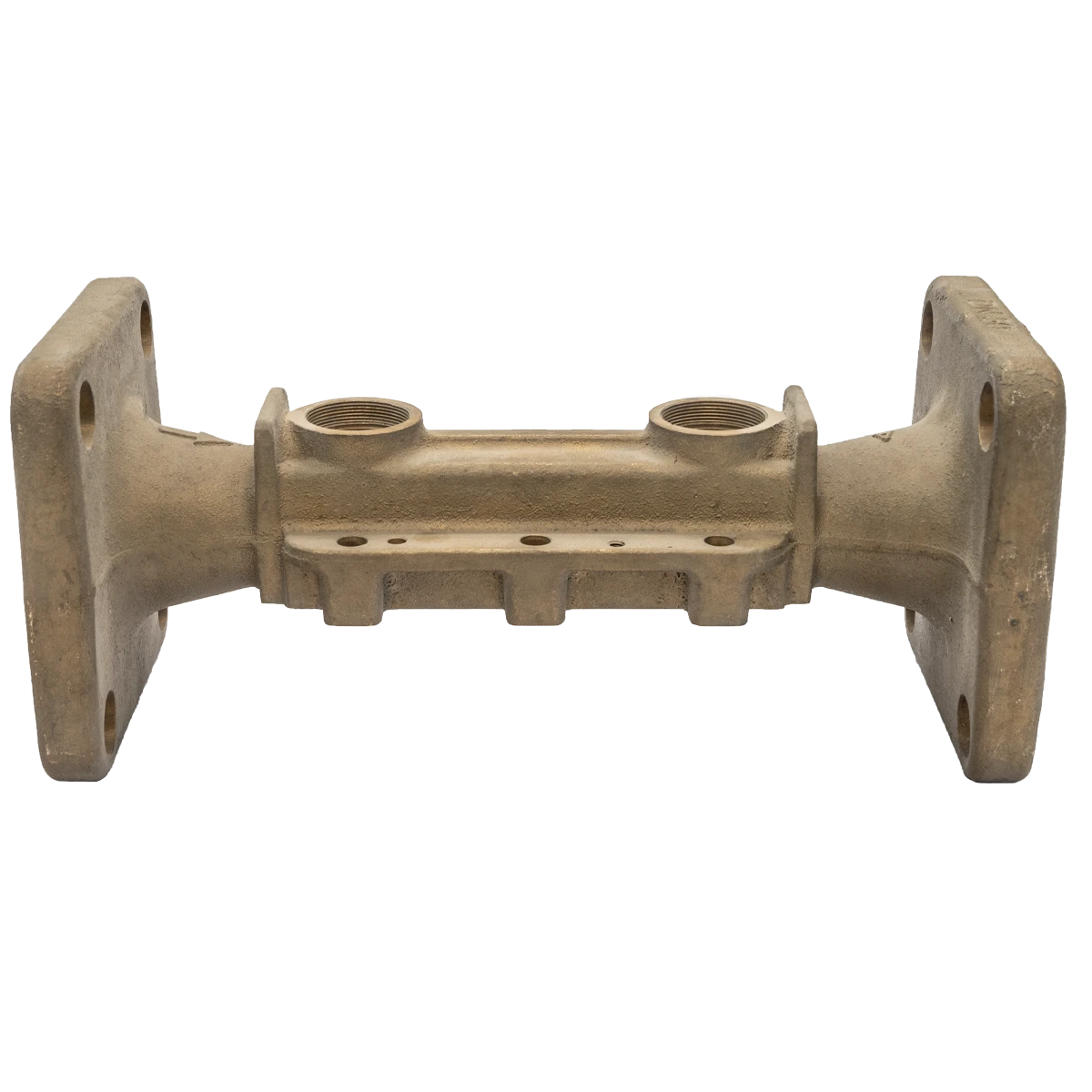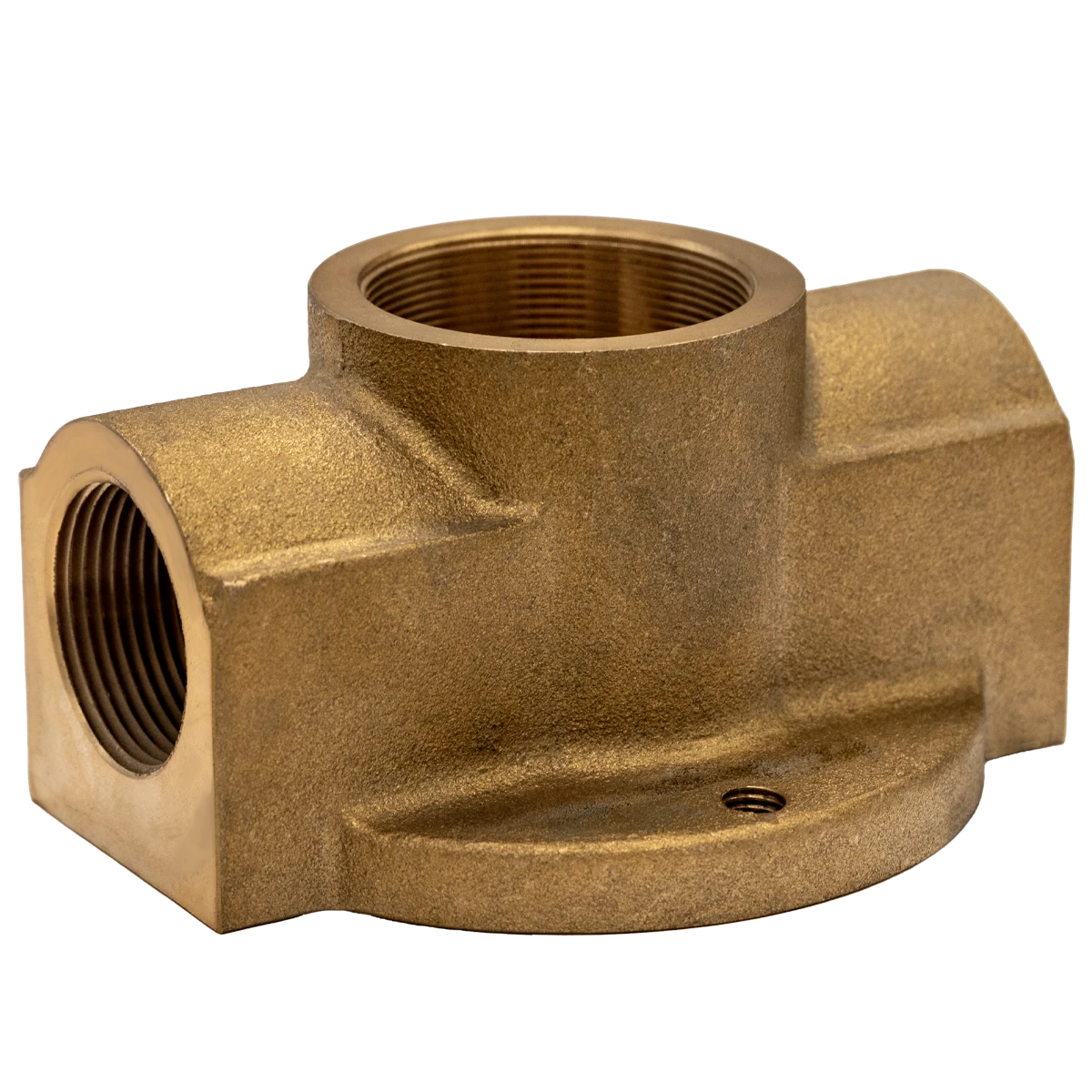Mobile:+86-311-808-126-83
Email:info@ydcastings.com
English
Trends in Metal Casting Prices and Their Impact on Manufacturing Industries Today
The Dynamics of Metal Casting Prices in Today's Market
Metal casting is a critical process in manufacturing that transforms raw metal into component parts used across a multitude of industries, including automotive, aerospace, and construction. As a pivotal aspect of global production, the prices associated with metal casting reveal much about current economic trends, technological advancements, and material shortages.
The Dynamics of Metal Casting Prices in Today's Market
In addition to raw material costs, the labor component of metal casting also affects pricing. Skilled labor is crucial in ensuring quality production standards, but as industries evolve, the demand for skilled tradespeople has escalated, leading to rising wage expectations. Companies must balance competitive pay with profitability, resulting in adjustments to casting prices. Moreover, automation and technological advancements are reshaping the labor landscape. While initially costly, investments in technology can result in long-term savings and greater efficiency, which companies are beginning to factor into their pricing strategies.
metal casting price

Another essential element influencing metal casting prices is the energy cost involved in the production process. Casting metals typically require substantial energy input for melting, pouring, and solidifying processes. With the global push toward greener energy solutions, there has been a notable increase in energy prices as industries transition to more sustainable practices. These rising energy costs are directly passed down the line, impacting overall metal casting pricing.
Market demand patterns significantly influence casting prices as well. The post-pandemic recovery phase saw a remarkable surge in demand for automotive and electronics components, straining the casting market. Supply chain constraints led to longer lead times and, consequently, higher prices as manufacturers sought to secure materials quickly. Anticipating market demand trends plays a crucial role in determining price stability, where proactive measures can help mitigate the impact of sudden spikes in demand.
Environmental regulations are also becoming increasingly relevant to metal casting industries. Compliance with stricter environmental standards can mean additional costs associated with waste management, emissions control, and energy efficiency improvements. Companies that invest in cleaner technologies may incur upfront costs that are subsequently reflected in casting prices.
In conclusion, the pricing landscape of metal casting is complex, shaped by a confluence of factors including raw material costs, labor market dynamics, energy prices, market demand, and environmental regulations. As industries continue to adapt to changing market conditions, companies must remain agile, leveraging technology and innovation to navigate price fluctuations effectively. Ultimately, those who can anticipate trends and respond to challenges will be better positioned to thrive in the competitive landscape of metal casting. Understanding these factors not only aids manufacturers but also informs purchasers about potential cost implications, ensuring more strategic decision-making in procurement and production planning.
-
Materials Used in Manufacturing Cap End Pipe FittingsNewsNov.24,2025
-
Material Properties of CF8M CastingNewsNov.24,2025
-
How to Inspect Pump Cap Ends for DamageNewsNov.21,2025
-
Backward Curved Impeller – Efficient Airflow Solutions for Industry | YD CastingsNewsNov.21,2025
-
Automobile Water Pump - Efficient, Quiet, Durable & ElectricNewsNov.21,2025
-
Impeller for Pumps – High-Efficiency, Durable, OEM-ReadyNewsNov.21,2025











